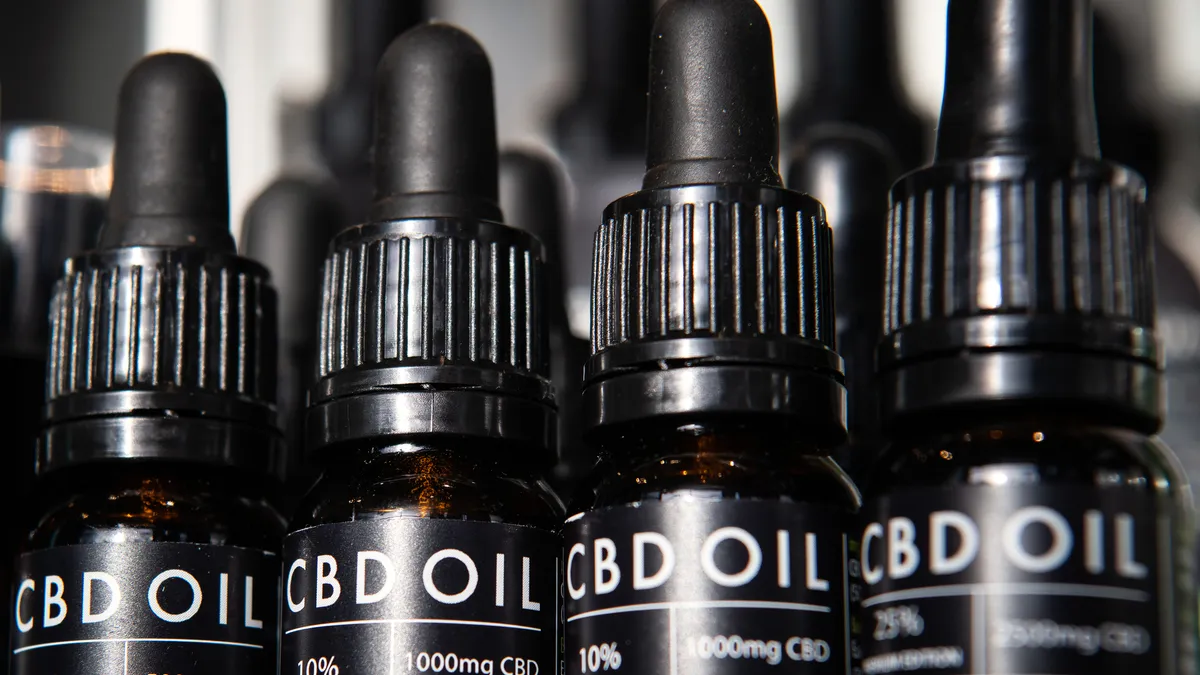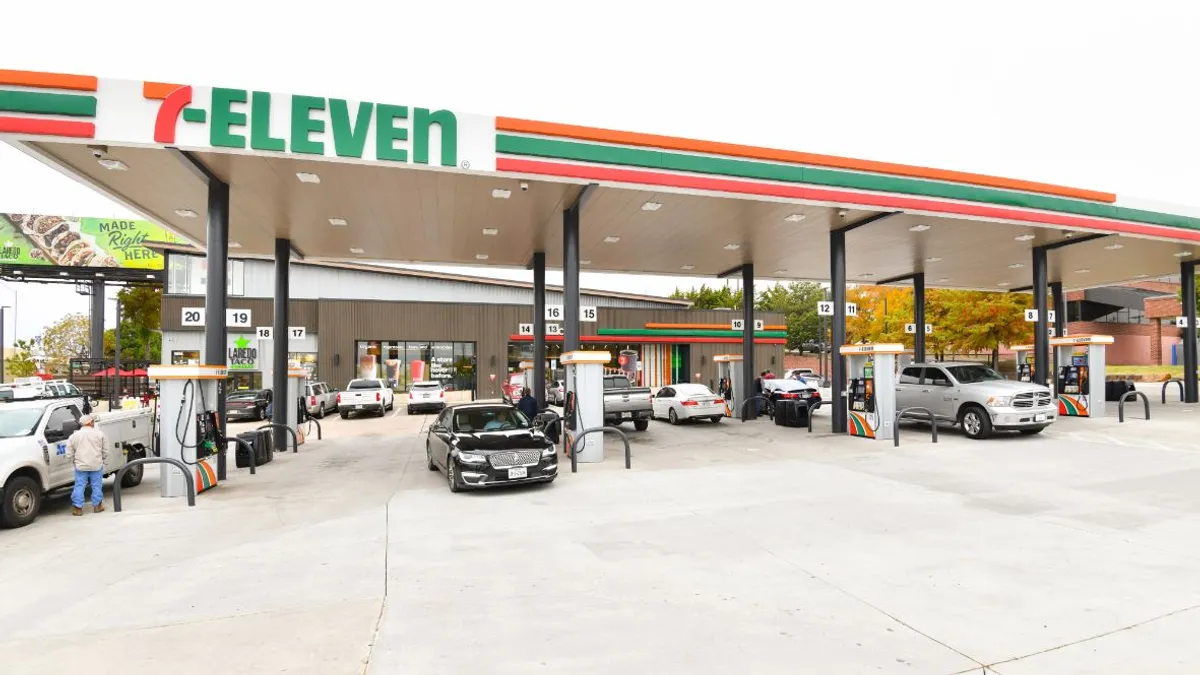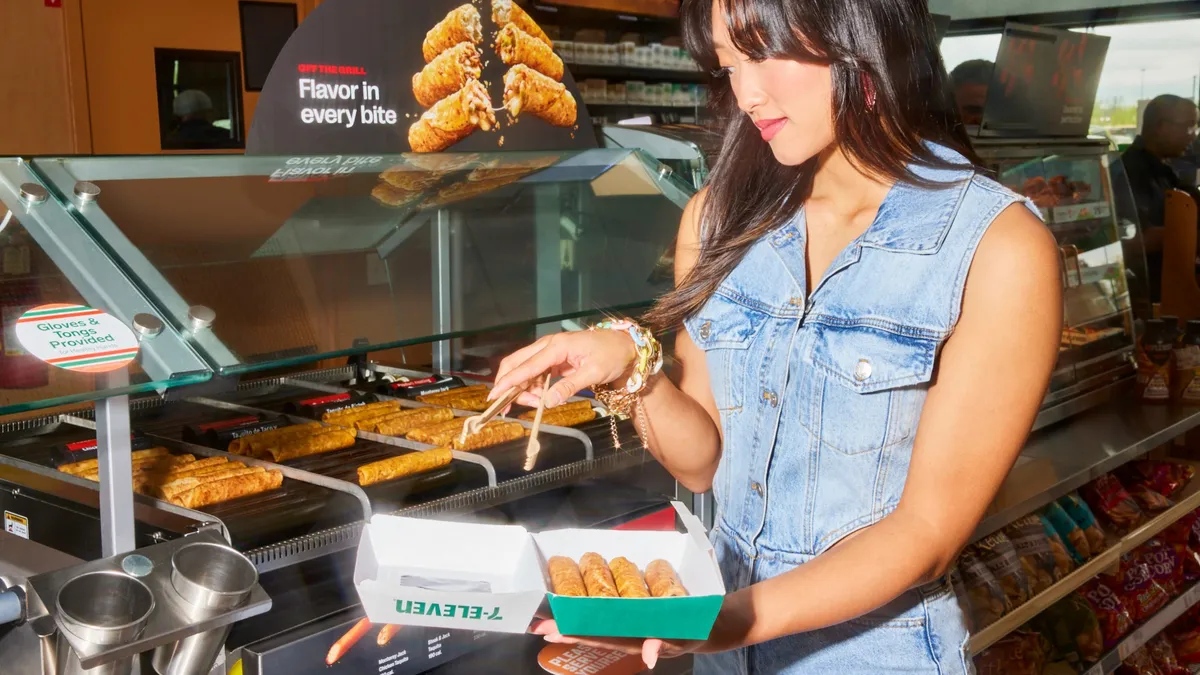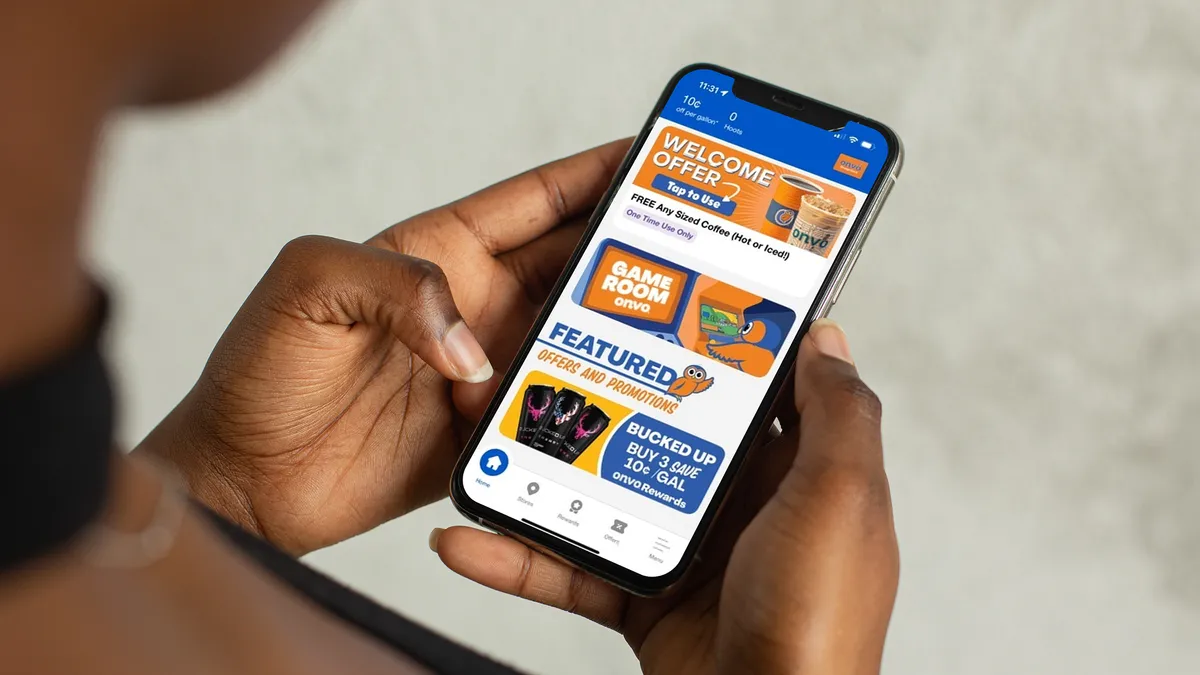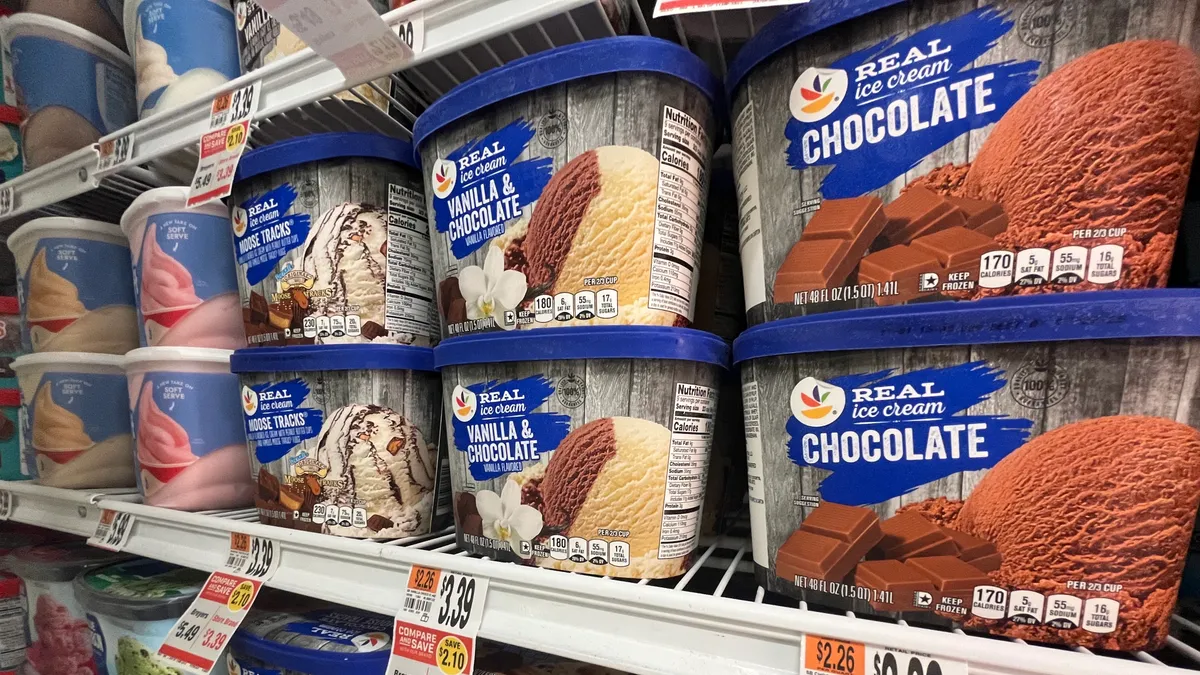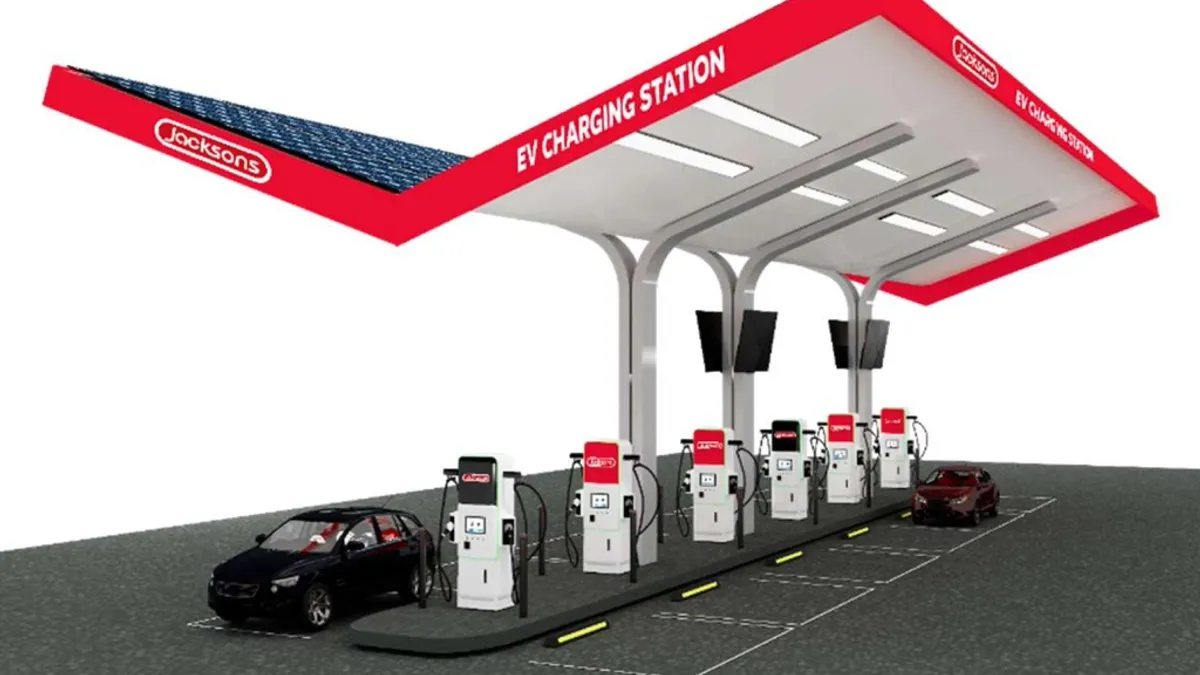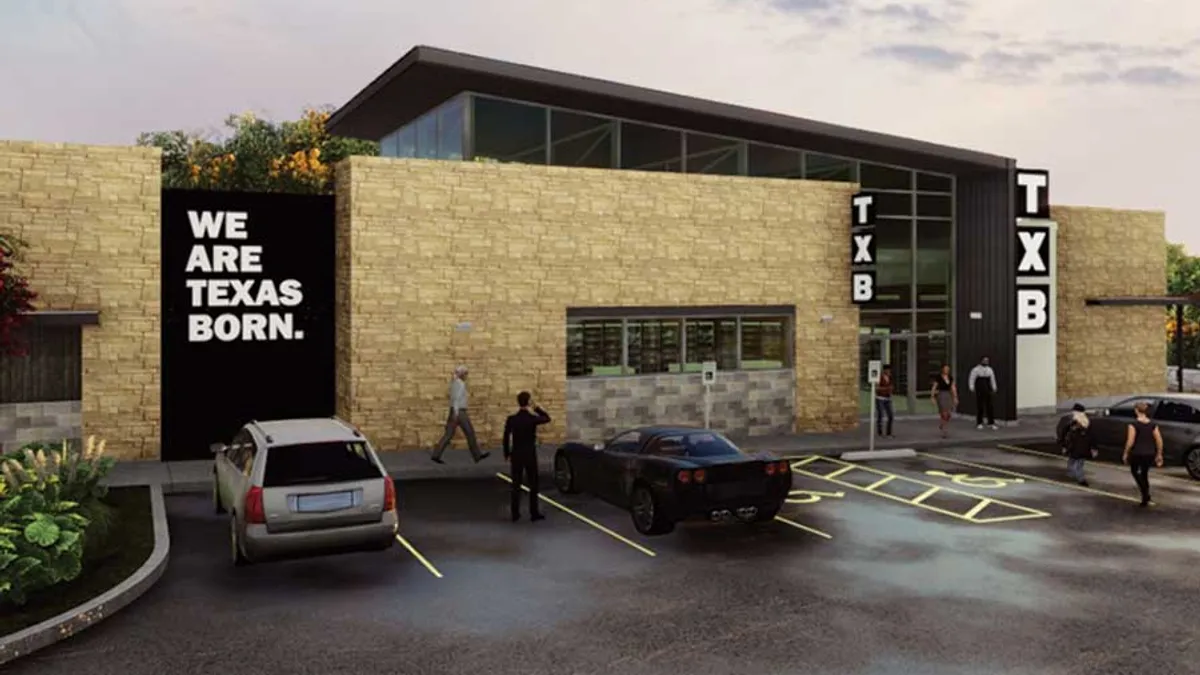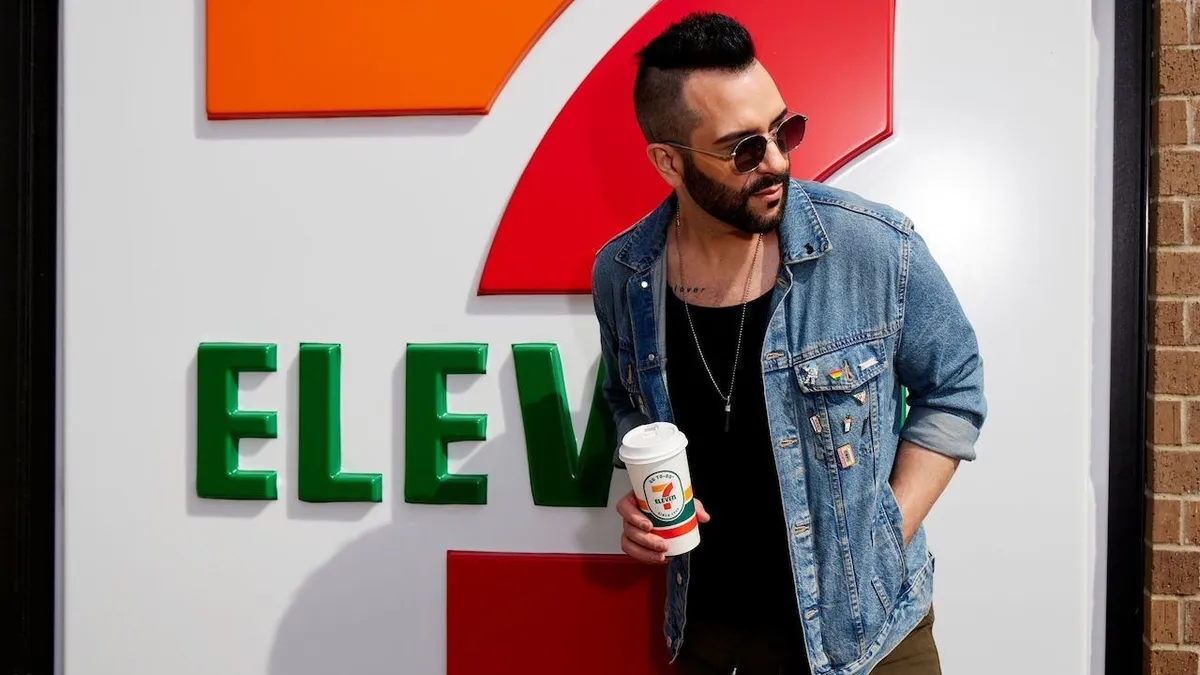A few years ago, there arguably wasn’t a more popular, intriguing or mysterious product ingredient in U.S. retail than cannabidiol (CBD), the non-psychoactive component of cannabis.
When Congress removed hemp — cannabis with less than 0.3% tetrahydrocannabinol (THC), the psychoactive component of marijuana — from the Schedule I controlled substances list in 2018, businesses began making and selling products with CBD at the forefront. They emerged in a variety of formats, such as gummies, lotions, oils, tinctures and more. And 2019 sales blew 2018 sales numbers out of the water.
Convenience-store retailers jumped at the opportunity. Major brands such as Circle K, Yesway and Sheetz began bringing CBD products to their shelves, and some began hiring full-time category managers for them. Others went even further and opened CBD-focused sections inside their stores.
At the 2019 NACS Show, CBD was the star. NACS added a dedicated CBD pavilion to its exhibit hall lineup, which showcased products from 70 different distributors and required attendees to read and agree to a set of rules prior to entering.
By the end of 2019, c-stores commanded the highest share of CBD dollar sales among mainstream retail stores, garnering nearly $71 million in CBD sales during the year, according to data from IRI and BDS Analytics.
CBD was the next big thing, and in c-stores, it had arrived. But then COVID-19 struck, and changed everything.

Pandemic woes
As c-stores shifted their focus to safety, supply-chain management and labor issues during the pandemic, CBD took a back seat. And the category hasn’t quite rebounded since — even beyond the c-store sector.
Case in point: The number of U.S. retail stores receiving CBD shipments has steadily declined since April 2020, according to data from database management firm Management Science Associates (MSA). In early 2022, those shipments reached their lowest point since early 2019, just before CBD took off in retail.
Although c-stores were focusing elsewhere amid the pandemic, they still had CBD on shelves. One problem was that consumers weren’t coming into the stores to buy these items, Don Burke, senior vice president for MSA, said in an interview.
“As the pandemic went on and consumers weren’t going into stores, those loyal CBD consumers turned to purchasing the product online over in-store,” he said. “CBD in convenience dropped off during that time period.”
Burke, who leads MSA’s Consumer Product Goods division, said c-stores can still bounce back with CBD, but face the challenge of reintroducing the product to their customers and getting them to buy CBD products from their stores instead of online.
This will likely be more difficult for small to mid-sized retailers that don’t have as large of an audience as the big players, Scott Love, senior vice president of retail client solutions for market research firm IRI, said in an interview.
“More prominent [c-store] brands have a higher likelihood of built-in awareness and can drive sales for a longer period of time,” he said. “If you don’t get the turns and awareness, [CBD is] hard to stick.”
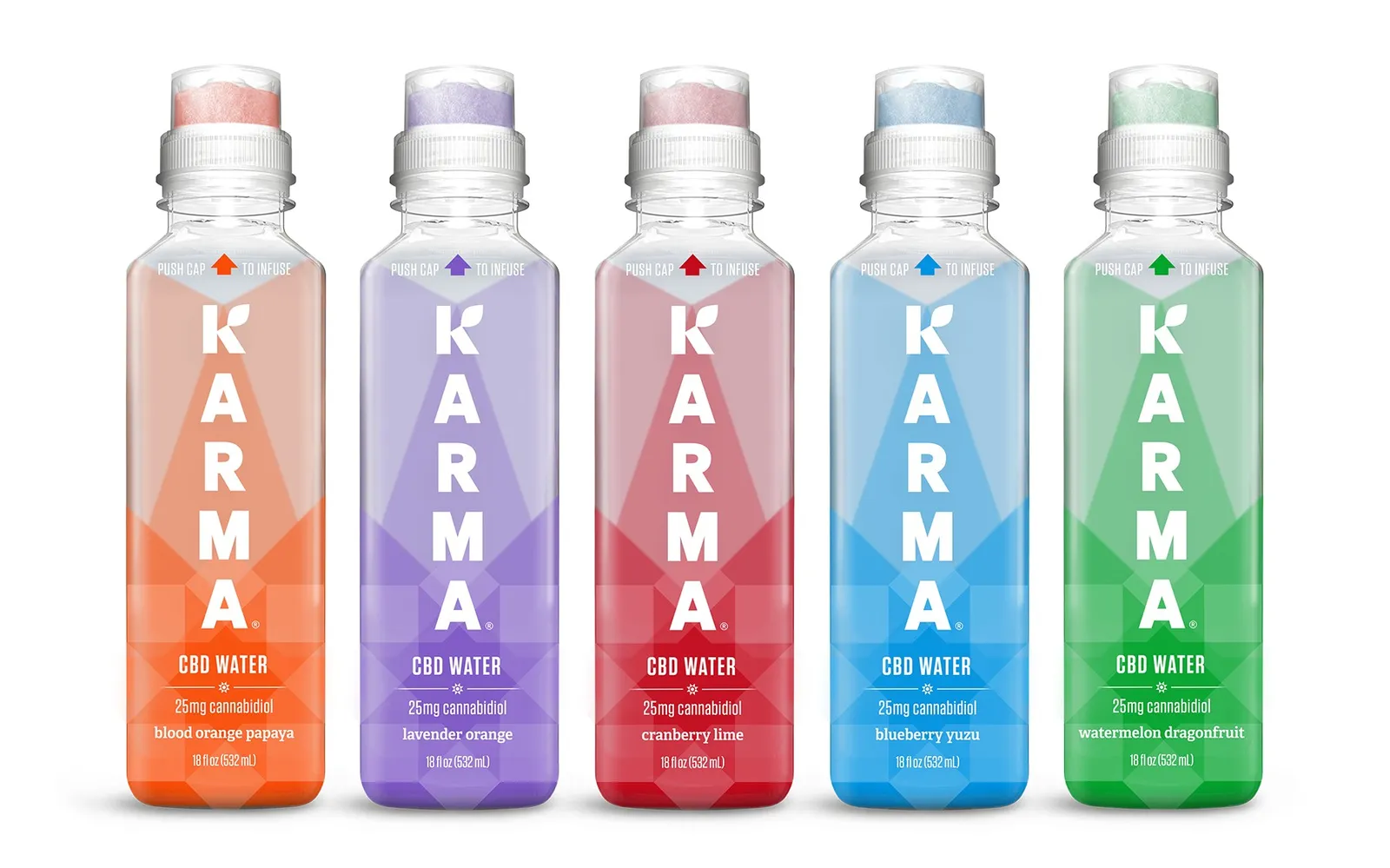
A fuzzy regulatory landscape
To say the CBD regulatory landscape is murky would be a severe understatement.
While the 2018 Farm Bill made hemp-derived CBD products legal from a controlled substance perspective, the Food & Drug Administration (FDA) made things complicated.
In 2019, the FDA said CBD cannot be marketed as a remedy that treats diseases or for other therapeutic and dietary purposes, and that it’s an unapproved food additive — often leaving retailers wary.
“This has had somewhat of a chilling effect on the space,” Jonathan Havens, partner at Saul, Ewing, Arnstein & Lehr, said in an interview. “Investors, retailers, distributors may not want to get involved [with CBD] since the FDA has this approach.”
However, despite the FDA’s statement, many companies continued to sell CBD edibles and other supplements. And unless their therapeutic or healthy claims were extreme, little action was taken, creating a sense of confusion around the industry of what is and isn’t allowed.
“As the pandemic went on and consumers weren’t going into stores, those loyal CBD consumers turned to purchasing the product online over in-store."

Don Burke
Senior vice president, Management Science Associates
This inconsistency has led to states taking control over CBD regulation, which differ from region to region. Some states fully allow CBD products to be made and sold, while others only conditionally allow them or don’t even allow them at all.
“Some states have advanced the discussion with robust frameworks for [CBD] products — there are models of good regulation out there,” Havens said. “Just not at the federal level, and it's a bit harder to follow because of the fractured system.”
Fast forward to today, and not much progress has been made on a CBD regulatory front. Havens said the FDA was working on an enforcement discretion during former President Donald Trump’s administration that “never got through,” while other bills to address the treatment of CBD and cannabis haven’t advanced.
Moving into next year, Havens doesn’t foresee any official ruling on CBD happening.
“I don’t think CBD reform has much better chances in 2023,” he said.
Consumers remain interested
Despite the regulatory hurdles and ramifications from COVID-19, experts are optimistic that CBD category sales in c-stores will bounce back. And it’s begun as early as this quarter.
“Interestingly, we’re seeing an uptick in CBD sales in c-stores,” Burke said. “The past quarter, results in c-stores have been positive and up considerably versus this time a year ago. First time in a while seeing that.”
For c-store operators looking to rebound the category, Burke suggests “stocking the right products that are selling” and removing certain items that are “over SKU’d,” such as hemp smokables and beverages, which don’t seem to be performing well but are taking up shelf space, he said.
Specifically, CBD-infused vape and topical products each made up 27% of CBD c-store sales through September this year, according to data from MSA. Gummies paced behind at 19%, while moist/snuff products, hemp smokables, beverages, tinctures and pills were all at 7% or less.
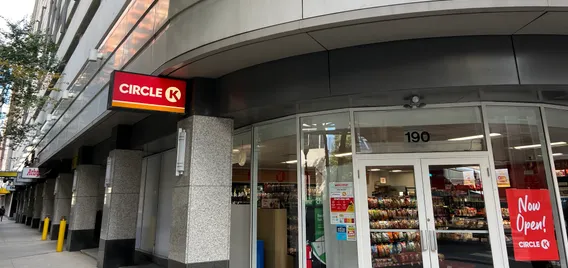
These category performance trends are reminiscent of when CBD first launched in the c-store space, when vape and topicals were the top products, Burke said. And he doesn’t think it’s a coincidence.
“We think it’s starting over again with CBD in the c-store channel,” he said.
Havens said the number one thing c-store retailers should think about is that the consumer interest in CBD is still there. And although the road is challenging, if a retailer wants to sell CBD, they should “keep moving.”
“If you, the retailer, have the appetite to be in the space, the consumer wants you to be there,” he said. “It can be frustrating that regulators haven’t made life easier, but they haven’t made it harder, either.”
Burke has high expectations for the category in 2023, expecting it to “work back towards” the growth it initially saw in 2020.
“It takes a while for consumers to change their purchase habits, but based on how convenient it is to purchase it in c-stores, [consumers will] likely return to it,” he said.
Love from IRI also sees the CBD category rebounding, but not until the regulatory landscape clears up on a federal level, he said. But even then, it’s still a big question mark.
“Whether or not [CBD will be] a huge leader in the space, that’s to be seen,” he said



